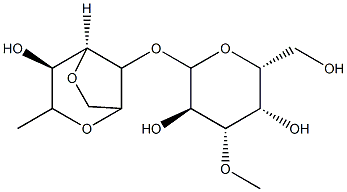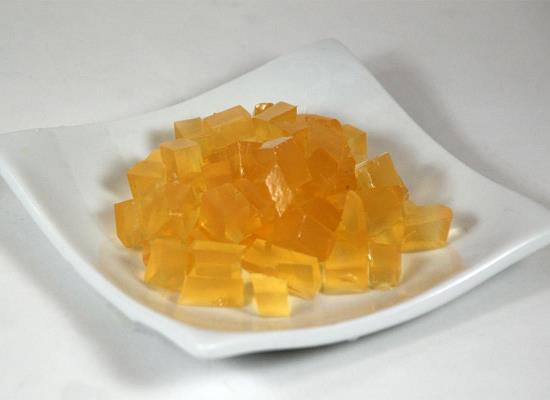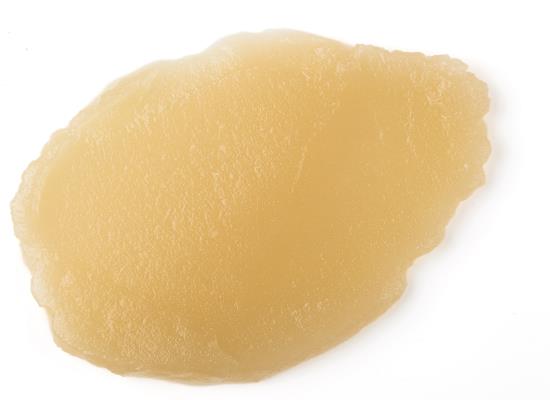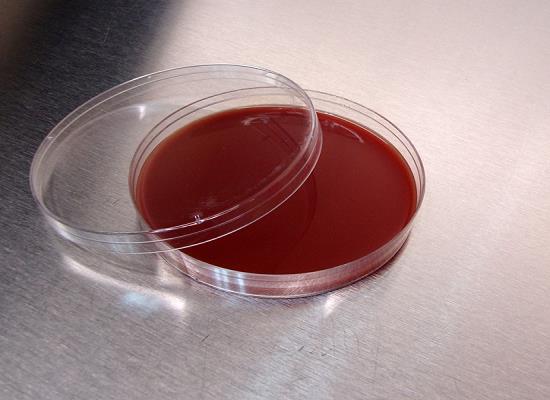Application of Agar as a Food Additive
Agar, is also called Kanten, Japenese gelatine, or China grass, is a jelly-like substance derived from seaweed species of the genera Gelidium. It is consisted of polysaccharides agarose and agaropectin. Agar is insoluble in cold but soluble in hot water, 1~2% solutions of which upon cooking solidifies to a firm gel at 35 to 50 °C and melting at 90 to 100 °C. Agar is usually used to form gels for cooking, to make dental impressions, or as a culture for bacteria. It is more commonly used in the East for cooking than in the West [1].
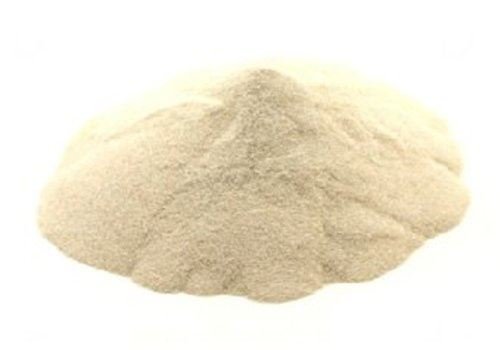
a. Applications in food industry
Agar can be found a large variety of uses in many food products. It has been used as stabilizer in pie fillings, piping gels, meringues, icings, cookies, cream shells and so on. Agar stabilizes the icing and prevents the adhesion of the sugar coating to the wrapper. Agar increases the viscosity of the glaze, increases its adhesion to the doughnut or biscuits, its quicker setting and flexibility and reduces chipping and cracking. Agar can also prevent the glaze from melting. Moreover, agar is used as bulking agent in low calorie breads. It is also used as an additive in jellied candies and confectionary specialties as marshmallows and sugared fruit slices, filler in candy. Agar gives smoothness to sherbets and ices in combination with other gums like locust bean gum. It is also used in cream cheeses and yogurt. Besides, agar is also a thickening and gelling agent in poultry, fish and meat canning and helps to preserve color in meat products. Agar can keep the moisture in sausage processing [9].
b. Culture media
Agar has been known for centuries as culture media for the separation of bacterial cultures in bacteriology. Agar is extracted as a hydrocolloid from several species of red algae, which is used in the preparation of culture media and other bacteriological applications. The main advantage of agar include excellent transparency, high hysteresis and reliable reproducibility. In microbiology or solid culture media, agar is used at a concentration of 1~2%. Agar as a culture media is widely used for practically all pathogenic and nonpathogenic bacteria and fungi because it is not easy to metabolise and has a good gel firmness, elasticity, clarity and stability. Agar constitutes a natural non-toxic matrix for the formation of culture media in Microbiology.
A very important application of agar is in tissue culture. With the growing interest in tissue culture as a standard method of propagation of selected strains of orchids from the meristem to grow virus-free clones and other ornamental plants, vegetable, fruit crops and other agricultural products the demand for agar as culture media is increasing dramatically. Propagation from seed of some forest trees involves the long wait for the trees to bear fruit and seeds to mature but with tissue culture the young tissues are taken and grown on nutrient media which thus facilitates reforestation within a shorter period of time.
c. Agar in medicine and pharmacy
Agar and agarose have less sulfate content, but high uronic contents and corresponding beads are developed that exhibited better optical clarity with improved gel strength exploited in sustainable release of phenobarbital sodium hypnotic drug. Agars are effective for spatial infections such as poliovirus, herpes simplex, dengue viruses and also meats gelling, laxatives, and flexible molds in dentistry and criminology. Such agar is in the form of flakes which absorb from 12~15 times its weight of fluids.
d. Others
Agar can also be used as dental impression material by changing the gel into a sol with heat. The material is placed in an impression tray in the sol state and impressed against the mouth tissues which is to be reproduced as a dental stone [15]. Agar is also used for clarifying beer, wine or Japanese “sake”. It finds applications in photographic stripping films and paper. It is used in solidified alcohol fuel, dyed coatings for paper, textiles and metals and in pressure sensitive tapes, as flash inhibitor in explosives, as an ingredient in cosmetic creams and lotions, as corrosion inhibitor for aluminum, for the action of nicotine as insecticide in plant sprays. Agar is mixed with shellac and wax for shoe and leather polishes.
e. Applications of agarose
Agarose, as a component of agar, is used to make gels for the separation of DNA and protein molecules, which is a basic technique for practically every lab. In electrophoresis agarose, agar is an excellent medium in the separation of proteins and nucleic acids and their derivatives by applying an electric potential to the gel medium. Such separations depend upon the differential rates of migration of charged particles toward the oppositely charged electrodes when an electric potential is applied. Separation by molecular size depends upon the ability of particles to migrate through pores of the gel matrix. The smaller the molecule, the faster is the movement through the gel matrix and this is termed as molecular sieving electrophoresis [18]. Such gel electrophoresis is used in chemical laboratories to identify proteins, enzymes, some abnormalities in serum and plasma and in biological fluids. Agarose is necessary in genetic engineering techniques in the separation of the desired gene DNA fragments and in gene mapping. Phages, viruses and capsides can be separated in low concentrations of agarose[19]. In immunology, agarose is used in the detection and study of disease indicators or antigenic materials and their specific antibodies. In chromatography, agarose beads are used in columns where molecular size separations can be effected especially for molecules greater than 250 000 daltons. In affinity chromatography the enzymes, antigen, antibody, coenzyme, substrate, etc. are bound chemically or physically to the agarose gel particles, which can be eluted for further uses.
References
[1] https://culinarylore.com/ingredients:what-is-agar-agar/
[2] https://www.asianscientist.com/2016/01/columns/history-agar-microbiology-lab/
[3] A.P. Hitchens, M.C. Leikind, The introduction of agar-agar into bacteriology, Journal of bacteriology, 37(1939) 485.
[4] https://www.labnews.co.uk/features/history-of-the-agar-plate-01-11-2005/
[5] http://himedialabs.com/HML/Pages/enews/micro_agar/index.html
[6] https://pubchem.ncbi.nlm.nih.gov/compound/71571511#section=Color
[7] http://www.fao.org/docrep/field/009/ag156e/AG156E01.htm
[8] A. Rao, I.A. Bekheet, Preparation of agar-agar from the red seaweed Pterocladia capillacea off the coast of Alexandria, Egypt, Applied and environmental microbiology, 32(1976) 479-82.
[9] http://www.fao.org/docrep/field/009/ag156e/AG156E03.htm
You may like
Related articles And Qustion
Lastest Price from Agar manufacturers
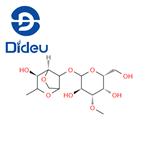
US $0.00/kg2025-11-21
- CAS:
- 9002-18-0
- Min. Order:
- 1kg
- Purity:
- 98%
- Supply Ability:
- 1000kgs

US $1.00-4.00/KG2025-09-02
- CAS:
- 9002-18-0
- Min. Order:
- 1KG
- Purity:
- 99%
- Supply Ability:
- 200000KG
